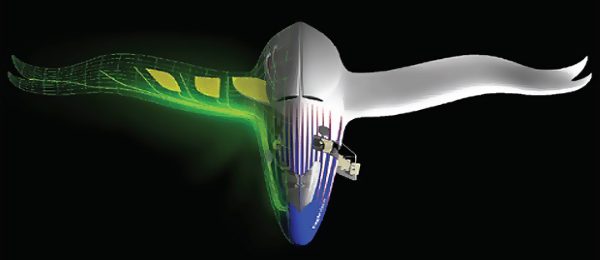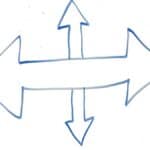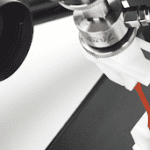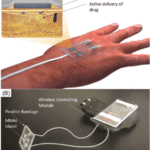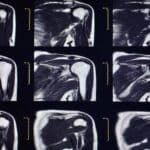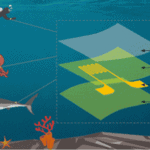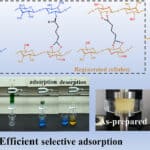Polymorphing aircraft wings utilize shape changes to maximize flight performance and efficiency. To accomplish this, wing skins need to be flexible in-plane while being being stiff out-of-plane to support the applied loads and maintain the desired shape. Researchers at Khalifa Universityrecently published a study characterizing latex for this application. The team used the BioTester to perform uniaxial, biaxial, and shear tests while also looking at other factors such as strain rate, hysteresis loss, and stress relaxation. The researchers found that monomorphing wings primarily imposed shear stress on the wing skin while polymorphing wings imposed more complex stress states. As a result, the polymorphing wing skin materials had more hysteresis losses and stress relaxation. The work provides a basis for analysis of materials for this challenging application.
Read the full article here.

